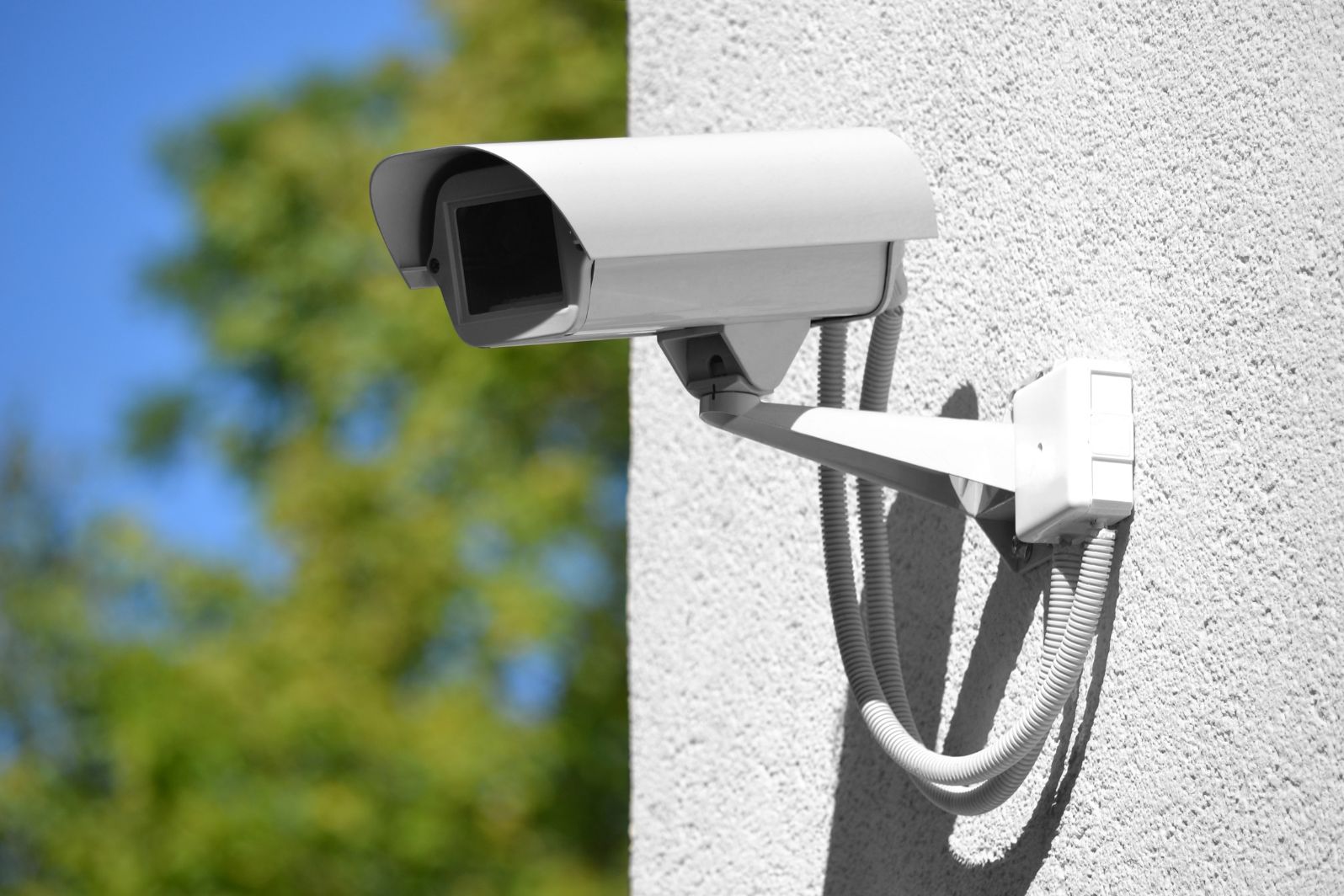Table of Contents
Introduction
In an era where security is a top priority, investing in a security camera with night vision is a smart move for both homeowners and businesses. The ability to monitor property 24/7, even in complete darkness, enhances safety and provides peace of mind. But with countless options on the market, how do you choose the right one?
This comprehensive guide will walk you through everything you need to know before purchasing a night vision security camera, including key features, types of night vision technology, installation tips, and recommendations for different use cases.
Why Choose a Security Camera with Night Vision?
Traditional security cameras may provide clear footage during the day but struggle to capture details in low-light conditions. A security camera with night vision ensures round-the-clock surveillance, making it invaluable for:
- Home security and monitoring suspicious activity
- Protecting businesses and assets after hours
- Keeping an eye on outdoor spaces, such as driveways and backyards
- Enhancing public safety in parking lots and public areas
Key Features to Look for in a Night Vision Security Camera
1. Infrared (IR) Night Vision vs. Color Night Vision
There are two primary types of night vision technology used in security cameras:
- Infrared (IR) Night Vision: Uses infrared LEDs to capture black-and-white footage in the dark. It works well even in pitch-black conditions and is the most common night vision technology.
- Color Night Vision: Utilizes a low-light sensor and built-in spotlight to capture full-color footage at night. This can provide clearer details, such as the color of a suspect’s clothing or vehicle.
2. Resolution and Image Quality
A high-resolution camera ensures crisp and detailed footage. 1080p Full HD is a standard choice, but if you want even greater clarity, consider 2K or 4K Ultra HD models. The higher the resolution, the easier it is to recognize faces, license plates, and other critical details.
3. Field of View and Zoom Capabilities
A wide field of view helps cover more ground, reducing the number of cameras needed. Cameras with pan-tilt-zoom (PTZ) functionality allow users to zoom in on specific areas and track moving objects.
4. Motion Detection and Alerts
Look for a camera with advanced motion detection that can differentiate between people, animals, and vehicles. Smart notifications sent to your phone allow real-time monitoring and response.
5. Weatherproof and Durability Ratings
If you need an outdoor security camera, check for an IP65 or IP67 weatherproof rating to ensure it can withstand rain, snow, and extreme temperatures.
6. Storage Options: Cloud vs. Local Storage
Security footage can be stored in the cloud or locally via a microSD card, NVR (Network Video Recorder), or DVR (Digital Video Recorder). Cloud storage offers remote access but may require a subscription.
7. Integration with Smart Home Systems
Modern security cameras often integrate with Alexa, Google Assistant, and Apple HomeKit, allowing voice control and automation within a smart home ecosystem.
Best Security Cameras with Night Vision in 2025
Here are some top-rated security cameras with night vision based on features, affordability, and user reviews:
1. Arlo Pro 4 (Best Overall)
- 2K resolution with color night vision
- Wire-free with rechargeable battery
- Smart alerts and cloud storage option
2. Reolink Argus 3 Pro (Best Budget Option)
- 2K video with color night vision
- Solar-powered option available
- No subscription required for local storage
3. Google Nest Cam (Battery) (Best Smart Integration)
- Works seamlessly with Google Home
- HDR-enhanced night vision
- Intelligent motion detection
4. Ring Spotlight Cam Plus (Best for Outdoor Security)
- Built-in spotlights and siren
- Full HD video with motion-activated alerts
- Two-way audio for communication
5. Lorex 4K Nocturnal IP Camera (Best for Businesses)
- Ultra HD 4K resolution with infrared night vision up to 150 feet
- Durable weatherproof housing
- Continuous recording with local storage
Installation and Placement Tips
Proper installation is crucial for maximizing the effectiveness of a night vision security camera. Follow these tips:
- Position strategically: Place cameras at entry points, backyards, driveways, and blind spots.
- Avoid light obstructions: IR night vision can be affected by glass reflections, so avoid installing cameras near windows.
- Mount at the right height: Installing cameras 8-10 feet high helps capture details while keeping them out of reach from tampering.
- Use multiple cameras: A well-planned multi-camera system provides comprehensive coverage.
Frequently Asked Questions (FAQs)
1. Do night vision security cameras work in total darkness?
Yes, infrared (IR) night vision cameras can capture clear footage in complete darkness using IR LEDs.
2. Are security cameras with night vision legal?
Yes, as long as they are installed on private property and do not invade others’ privacy. Always check local laws before installing cameras in shared spaces.
3. How far can night vision cameras see?
The range depends on the model, but many infrared cameras can see up to 100-150 feet in darkness, while some high-end models can reach even further.
4. Do I need Wi-Fi for a night vision security camera?
Wi-Fi-enabled cameras allow remote access, but wired security cameras work independently without Wi-Fi, using a DVR or NVR for recording.
5. Can I use a security camera with night vision indoors?
Absolutely! Indoor cameras with night vision are great for monitoring pets, children, and general home security at night.
Conclusion
Investing in a security camera with night vision is one of the best ways to protect your home or business. By considering factors like resolution, night vision type, motion detection, and integration capabilities, you can find the perfect camera to suit your security needs.
Whether you’re looking for an affordable DIY option or a high-end surveillance system, this guide provides the knowledge you need to make an informed decision. Stay safe and secure with the right night vision security camera!


